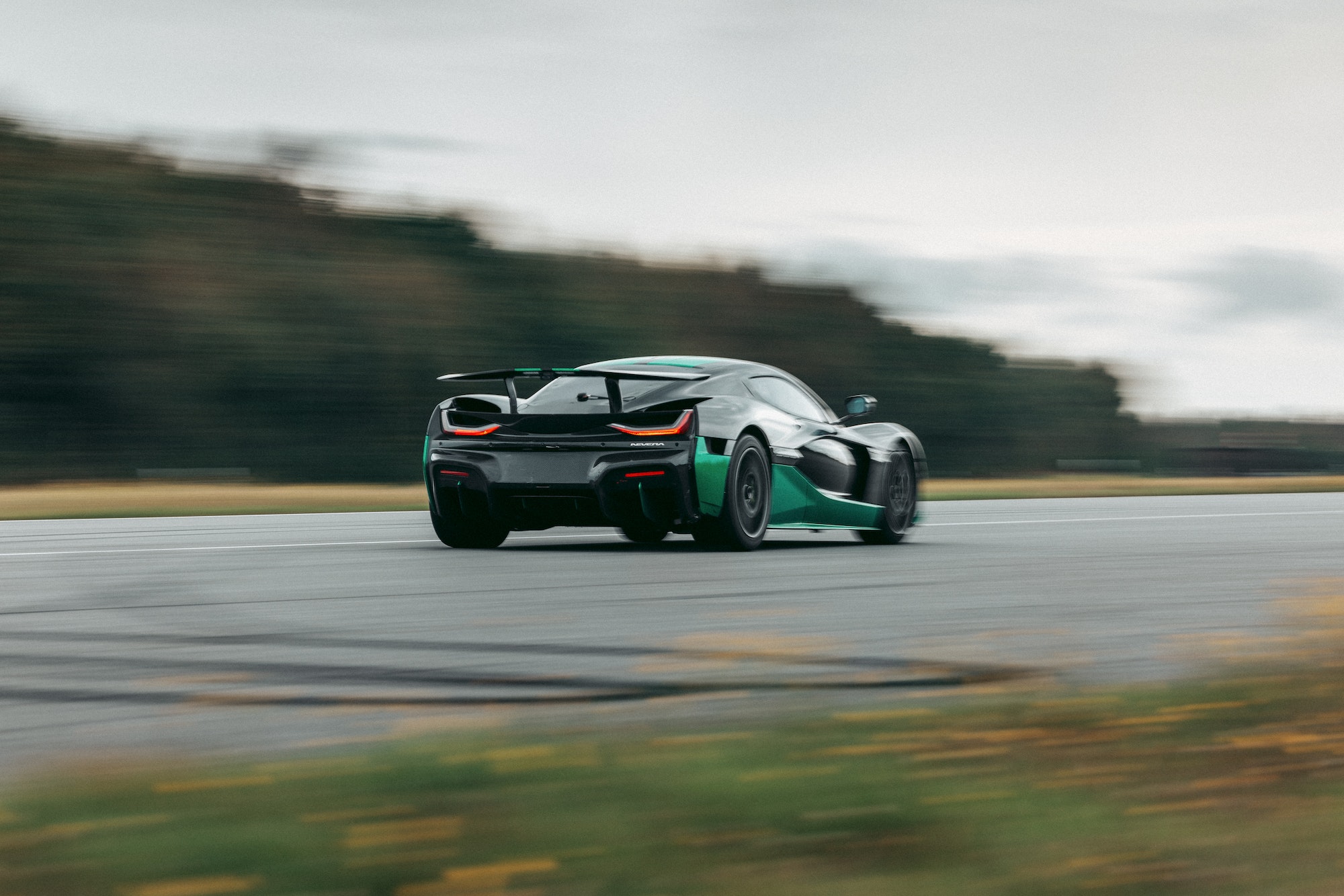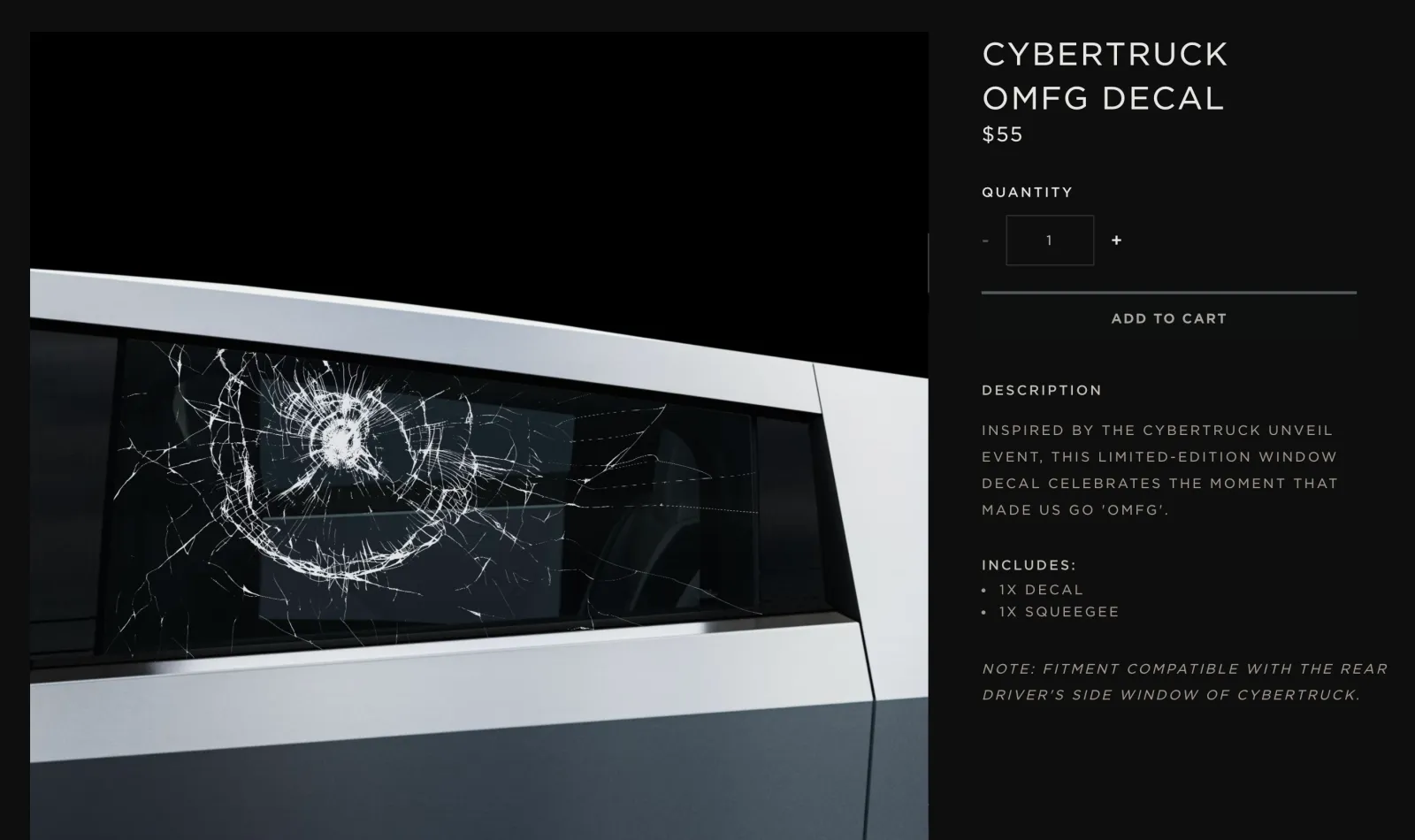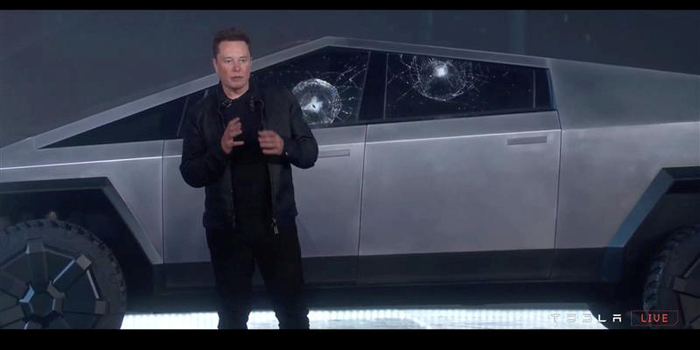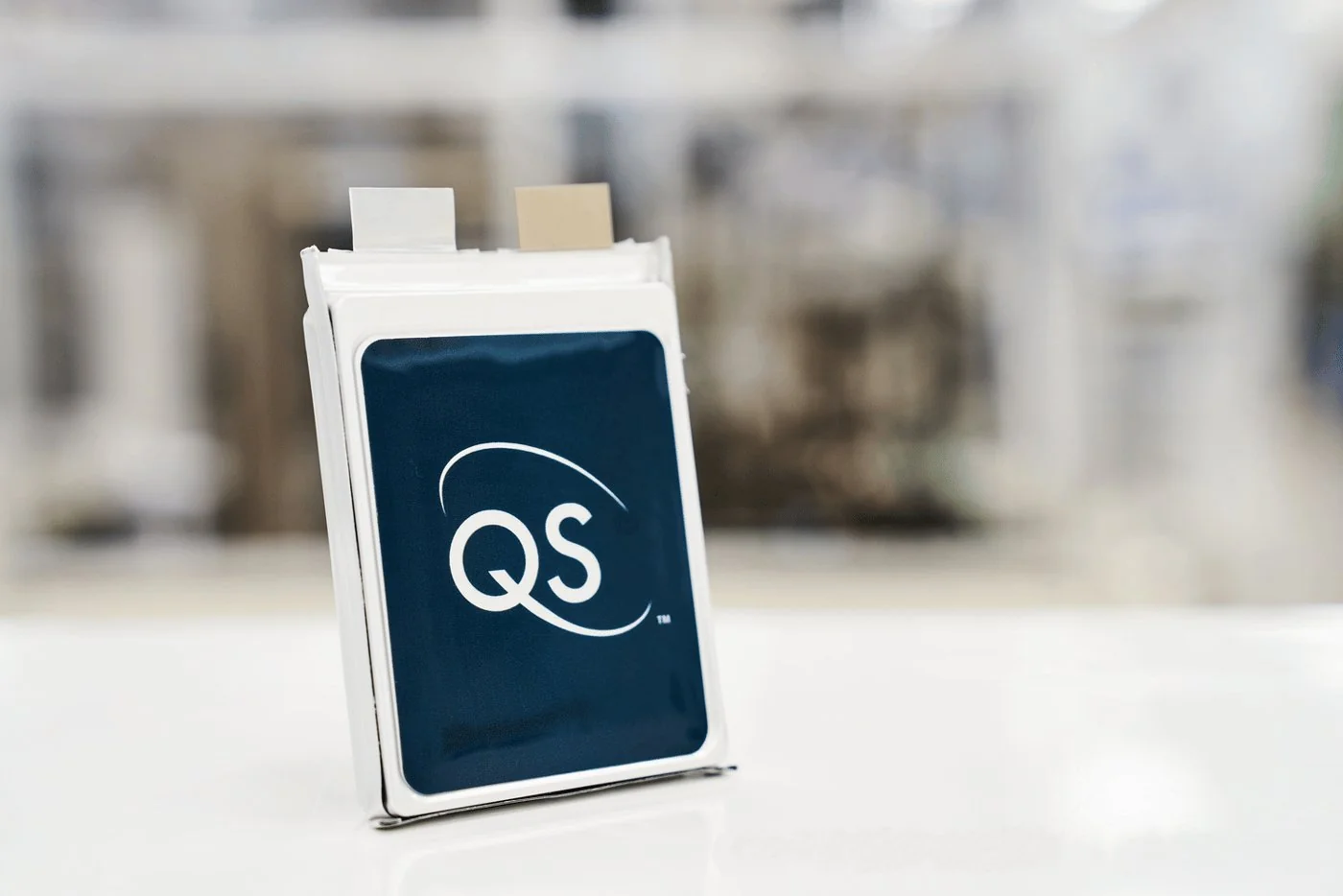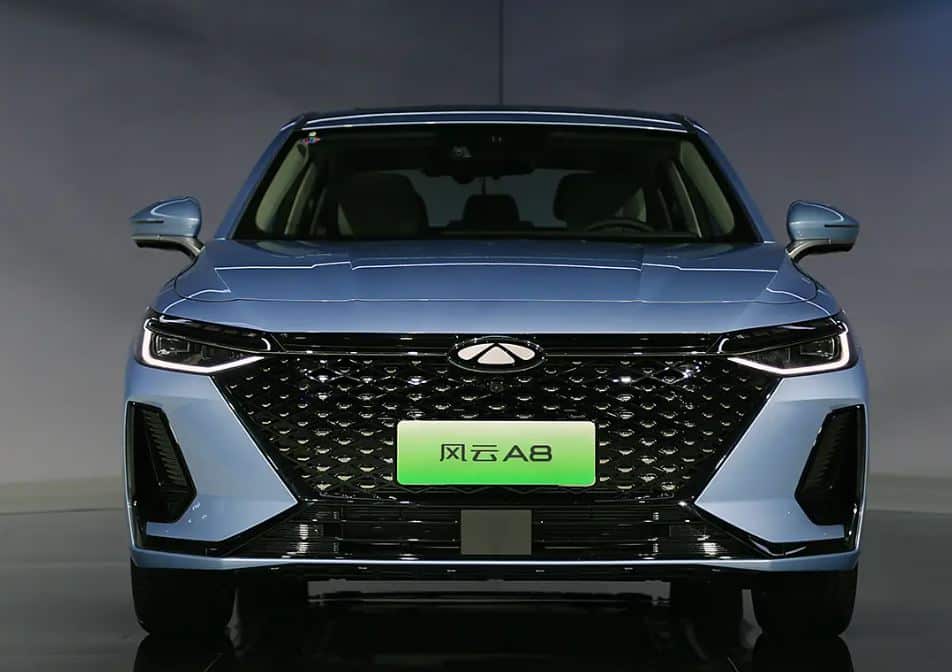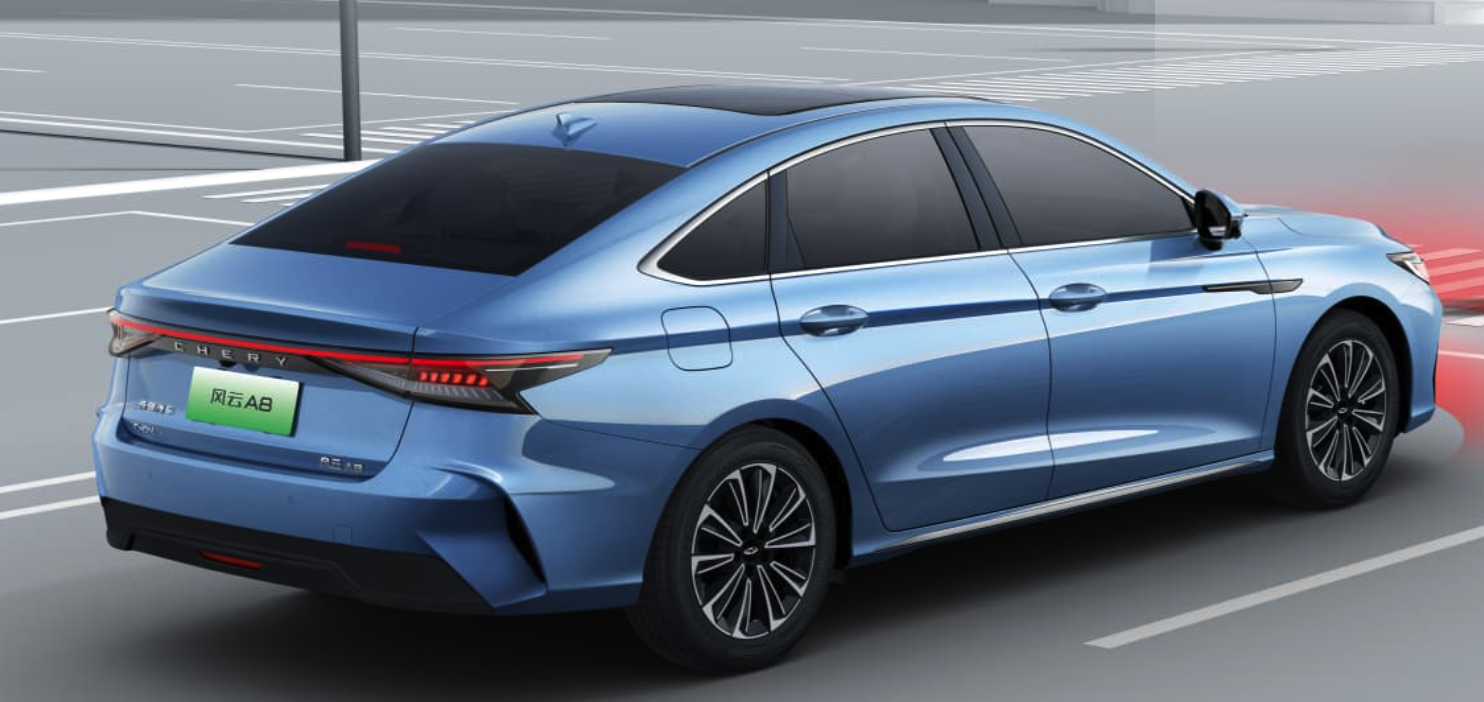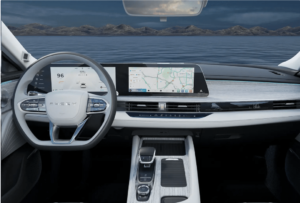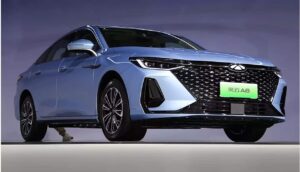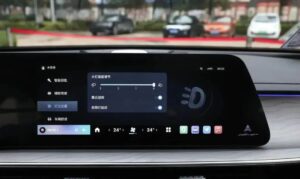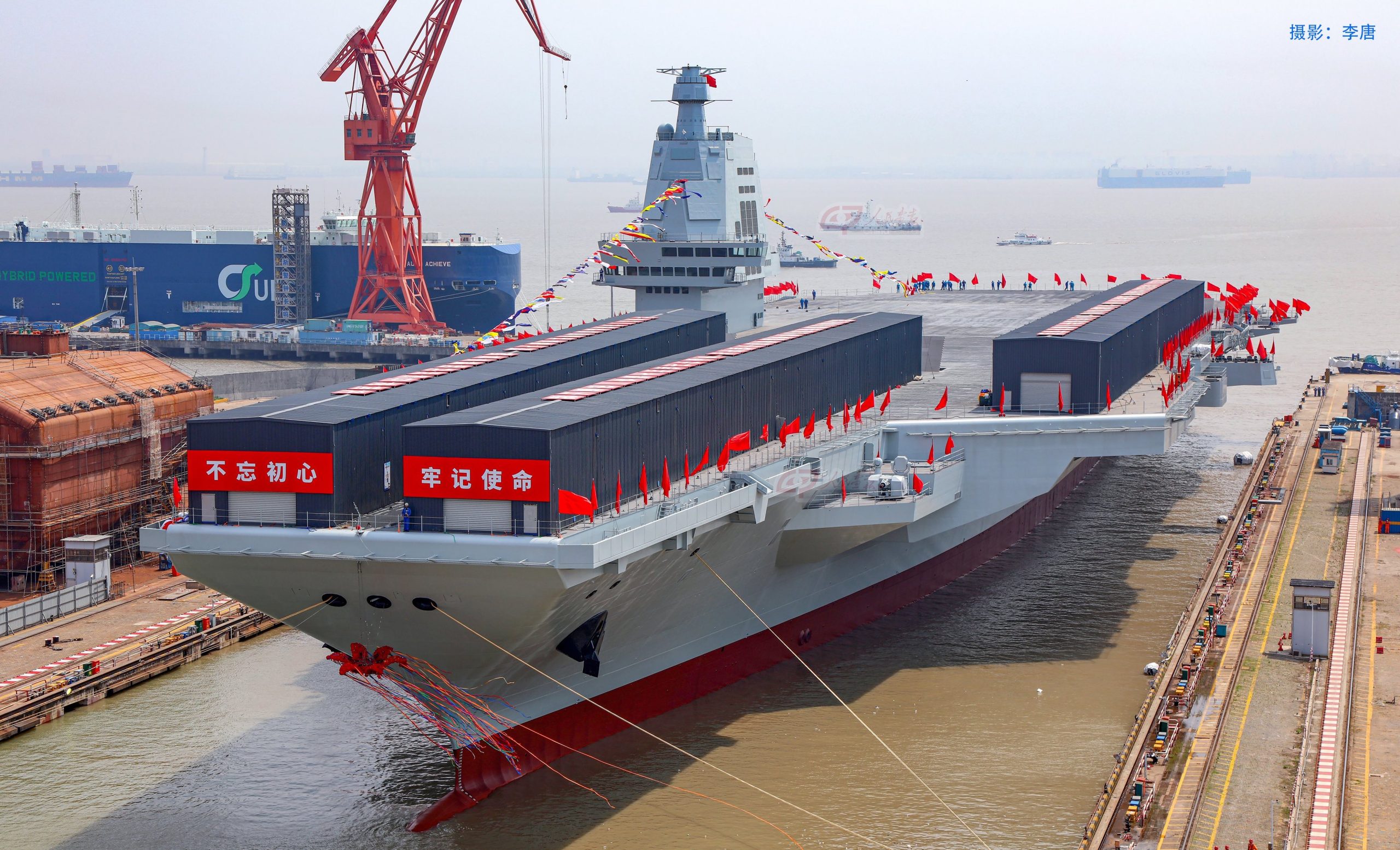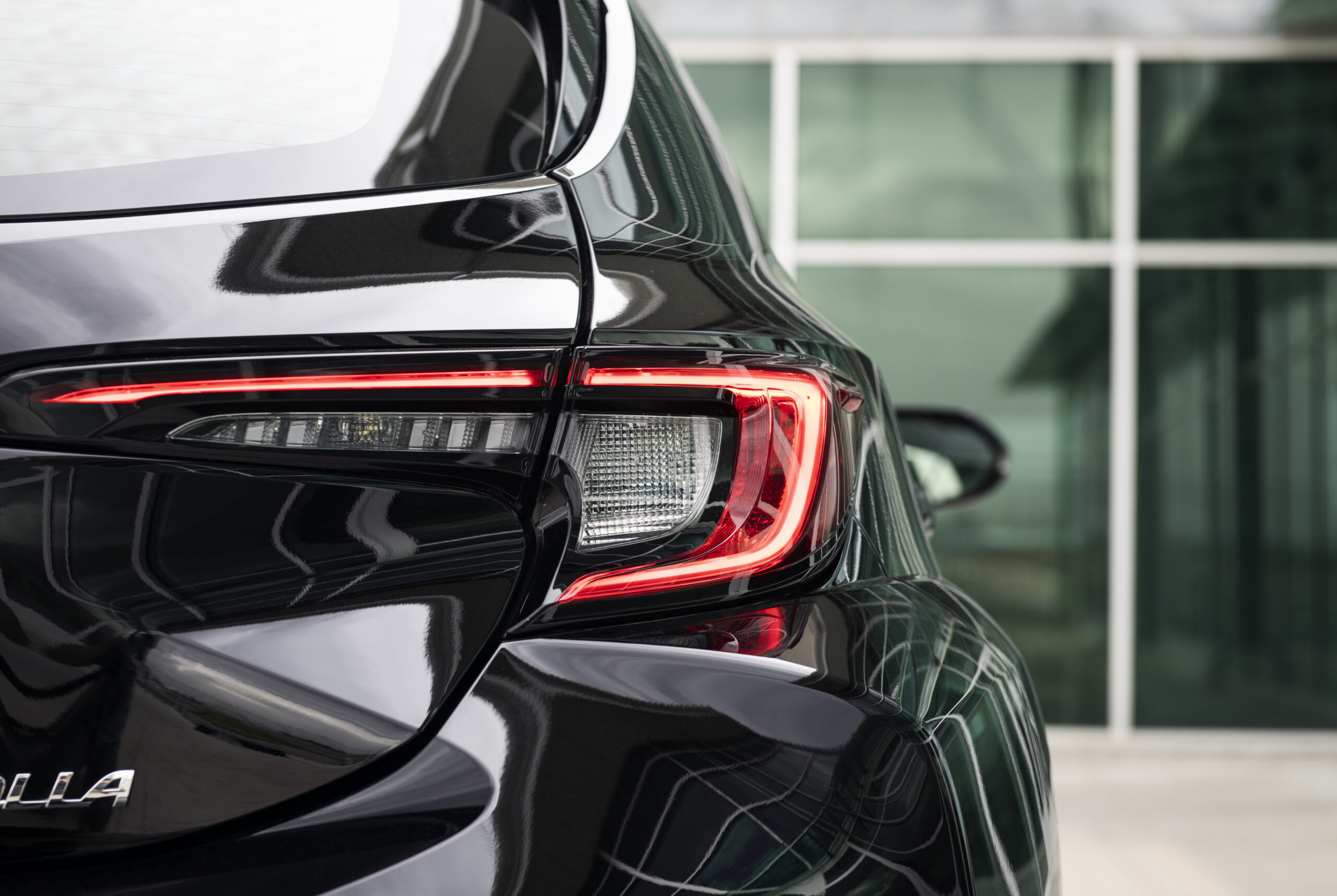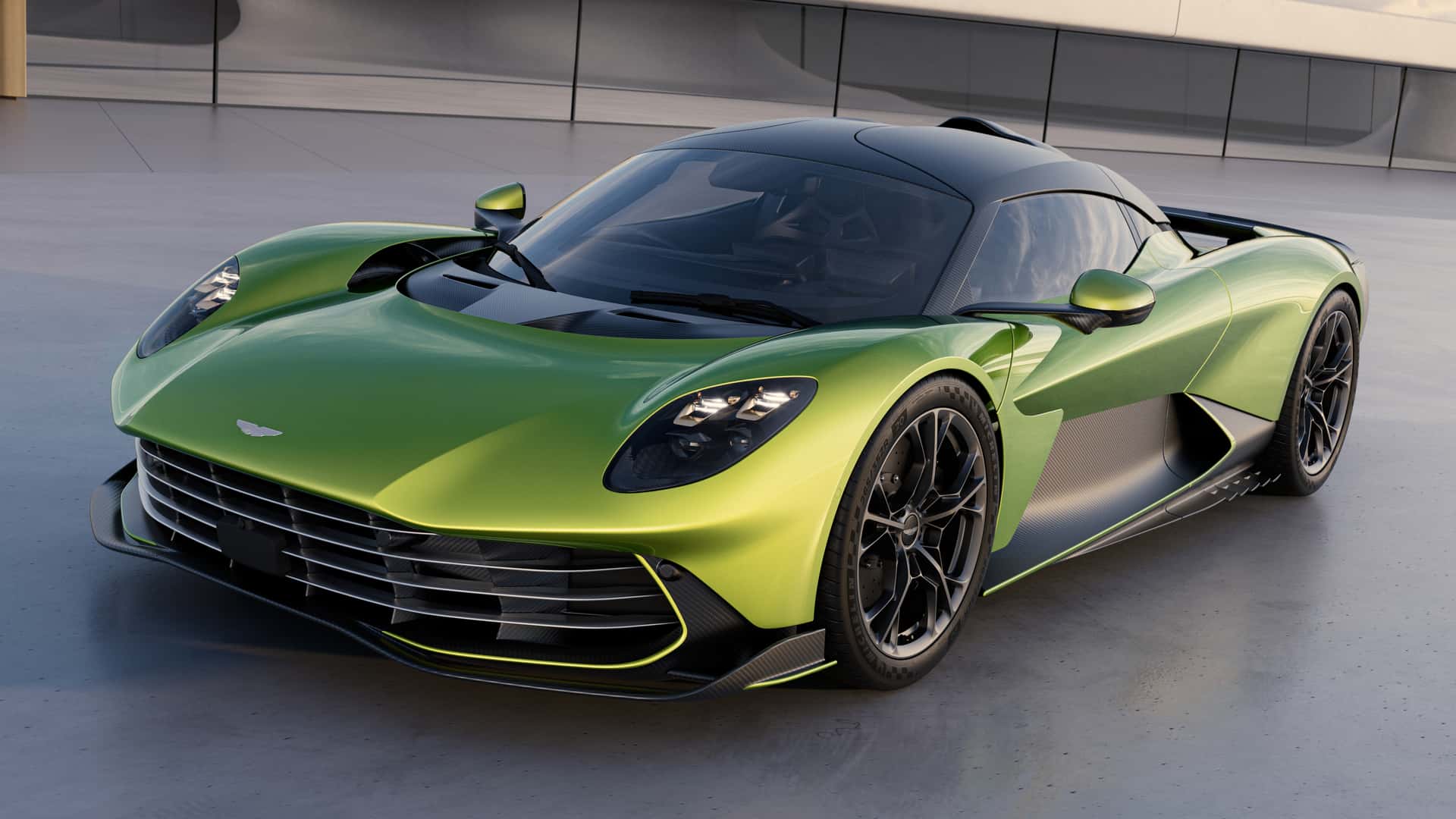In a significant triumph for MG, a brand that is making a strong comeback into our market soon, the MG4 Electric secured the Fully Charged award for the best electric vehicle (EV) under €40,000 (RM200k) last Friday night at the RAI in Amsterdam. The award ceremony, part of the Fully Charged LIVE Europe event, witnessed thousands of electric vehicle enthusiasts casting their votes in various categories.
The MG4 Electric emerged victorious in its category, surpassing eight other nominees, including the Dacia Spring Electric 65 Extreme, Fiat 500e Hatchback 42kW, Jeep Avenger Electric, and Volvo EX30 Single Motor. This accolade further solidifies the MG4 Electric’s success among EV drivers.
Since its launch in 2022, the MG4 Electric has achieved remarkable success, with over 62,000 sales in Europe, making it one of MG’s best-selling models in the region, particularly in the Netherlands. The recent award adds to the EV’s achievements, which include receiving five stars in the Euro NCAP safety test and contributing to a sales record for MG.
The Fully Charged AWARDS, designed as ‘Consumer Choice’ awards for clean energy and electric vehicles, made their debut this year during the Fully Charged LIVE Europe event. The event, powered by green technology pioneer myenergi, gathered leaders and pioneers from the electrification sector to celebrate the ongoing transition to electric vehicles, renewables, and smart homes.
Nominees for the awards were selected through a comprehensive survey of the Fully Charged SHOW audience. A panel of 15 energy and transport experts then finalised the candidates before the winners were chosen in each of the 15 categories. MG claimed the title of the best EV under €40,000 (RM200k) for the MG4 Electric model.
The Standard Range base SE comes with a 50.8kWh battery, offering 350km of range, 168bhp, and 249Nm ft of torque, all for a starting price of £26,995 (RM160k). The two big battery versions include the SE Long Range and Trophy Long Range.
For an additional £2,500 (RM14k), the SE Long Range provides a 61.7kWh battery, extending the WLTP range to 452km. It boasts 201bhp and the same torque figure, but due to the battery’s weight, it’s slightly slower to 100km/h (7.9 seconds compared to 7.7 seconds).
The Trophy model is distinguished by additional equipment and body styling, featuring a doubled-up rear spoiler. It offers slightly less range than the SE Long Range at 434km, attributed to the drag from the distinctive spoiler and the weight of extra kit.












